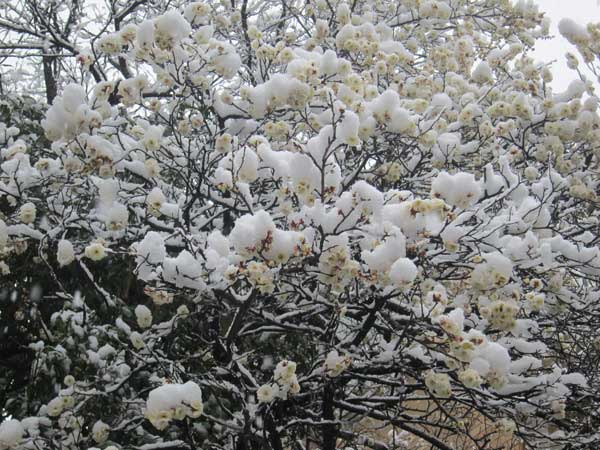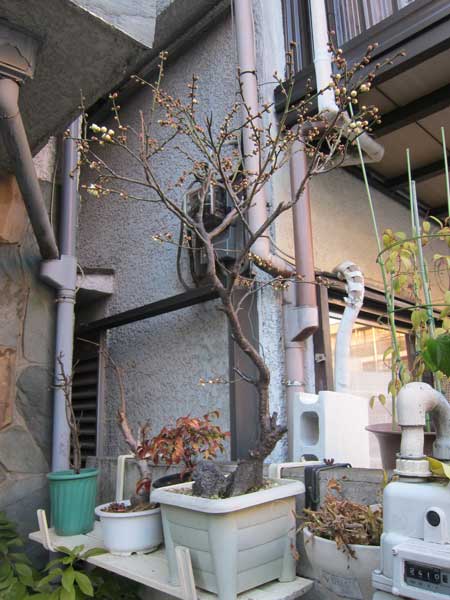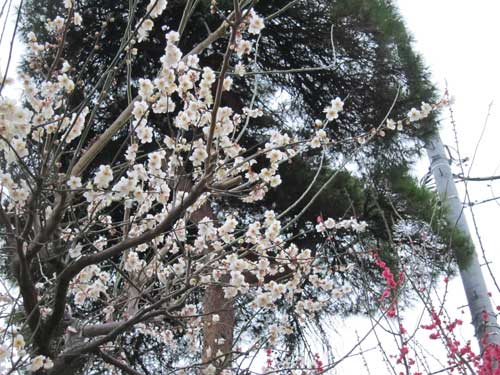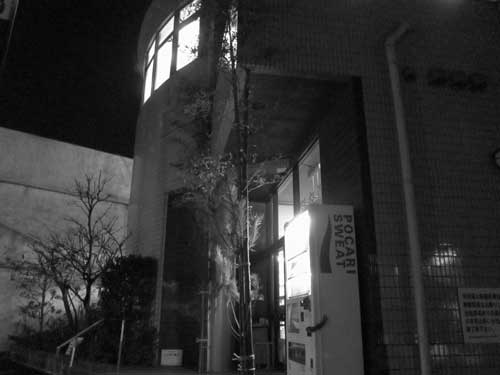
東京のお正月の時だけですが、神様を迎え入れます.
Tokyo residents and small businesses welcome the gods in temporary homes built of bamboo, pine, and plum blossoms.
I love how the best ones are hand-crafted from pine, bamboo, and plum blossoms. They are intended to be temporary homes for the Shinto gods (kami, 神様). I like the idea that you can create a temporary house for the gods to visit at new year. The three heights of the kamomastu represent heaven, humanity, and earth- in descending order. The shimekazari are smaller, with Shinto rope holding charms such as oranges, folded paper, rice straw, and ferns.
Shimekazari (標飾り) and Kadomatsu (門松) are traditional New Year’s ornaments placed on walls and on the sidewalks outside shops and homes. The city simultaneously empties of people and fills with physical connections to mountains and spirits. This year I took photos of the widest variety I could find in the areas I visit on typical days: on a car bumper, outside a sento, next to a wall of cigarette advertisements, on a busy boulevard, outside a barbershop, pachinko parlor, 24 hour convenience store, and a department store.
After the holiday, these decorations should be burned at a shrine. By mid-January, they are already a faded memory.
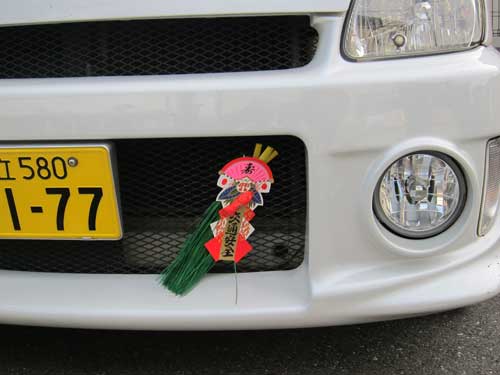


See more photos after the jump.
Continue reading →






